12 Types Of Birds That Peck Wood
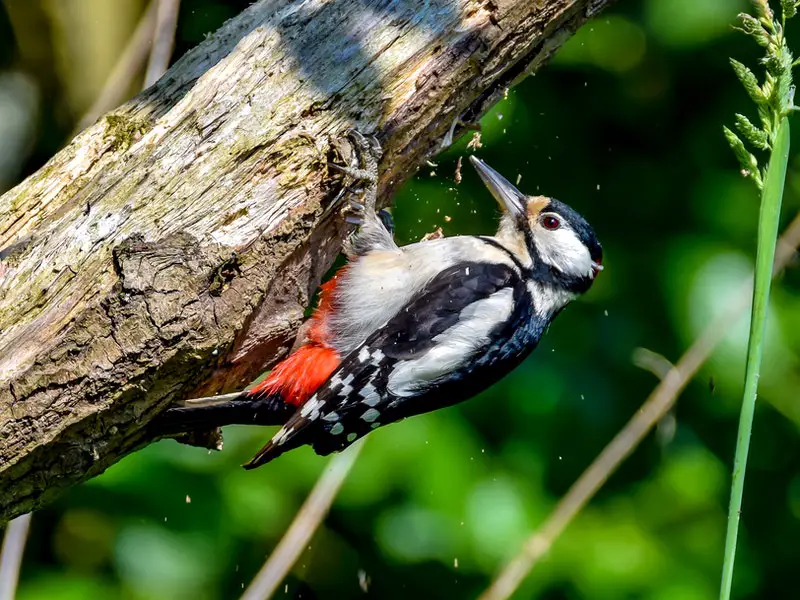
Many different types of birds can be found in the world. Some of these birds are known to peck at the wood.
This behavior is often seen in certain species of birds, particularly those that live in forested areas. In this blog post, we will take a look at some of the different types of birds that peck wood, as well as what purpose this behavior serves for them.
What Types Of Birds Peck At Wood?
Birds that peck wood are a special breed. They’re not content with simply eating insects or scavenging for scraps. No, these birds have to go and peck at the wood. It’s a tough life, but somebody has to do it.
So, what types of birds peck at wood? The answer may surprise you. Pecking at wood is a behavior that’s most commonly seen in woodpeckers, but other birds have also been known to engage in this activity.
Birds attracted to shiny objects, such as robins and crows, have also been known to peck at the wood in search of food. So, if you see a bird pecking at your fence or deck, don’t be alarmed – it’s just looking for a meal.
1. Hairy Woodpecker
The Hairy Woodpecker is a bird known for its long tongue, which it uses to reach deep inside trees in search of insects. These birds are also equipped with two powerful toes that allow them to grip onto tree trunks as they climb. In addition to their tongue and toes, Hairy Woodpeckers also have a very sharp beak that they use to drill into wood.
This combination of body parts makes the Hairy Woodpecker perfectly adapted for pecking wood, which is how it gets its food and builds its nest. While most people think of these birds as pests, those who appreciate them can appreciate their important role in the ecosystem.
2. Red-breasted Sapsucker
The red-breasted sapsucker is a fascinating bird. As its name suggests, it feeds on sap, which it obtains by drilling holes in trees. Moreover, the red-breasted sapsucker is one of the few birds that can digest wood.
This allows it to get vital nutrients from tree bark that other birds can’t access. So, the next time you see a red-breasted sapsucker, don’t be too quick to judge – it’s just doing what comes naturally!
3. Northern Flicker
The northern flicker is a bird that likes to eat ants. But it’s not the only one; plenty of other birds like to peck at the wood.
These are the kind of ants that build those big mounds in forests. So if you’re ever in the forest and you see a bunch of birds pecking at a mound of red ants, chances are good that you’re looking at a bunch of northern flickers.
4. Red-breasted Nuthatch
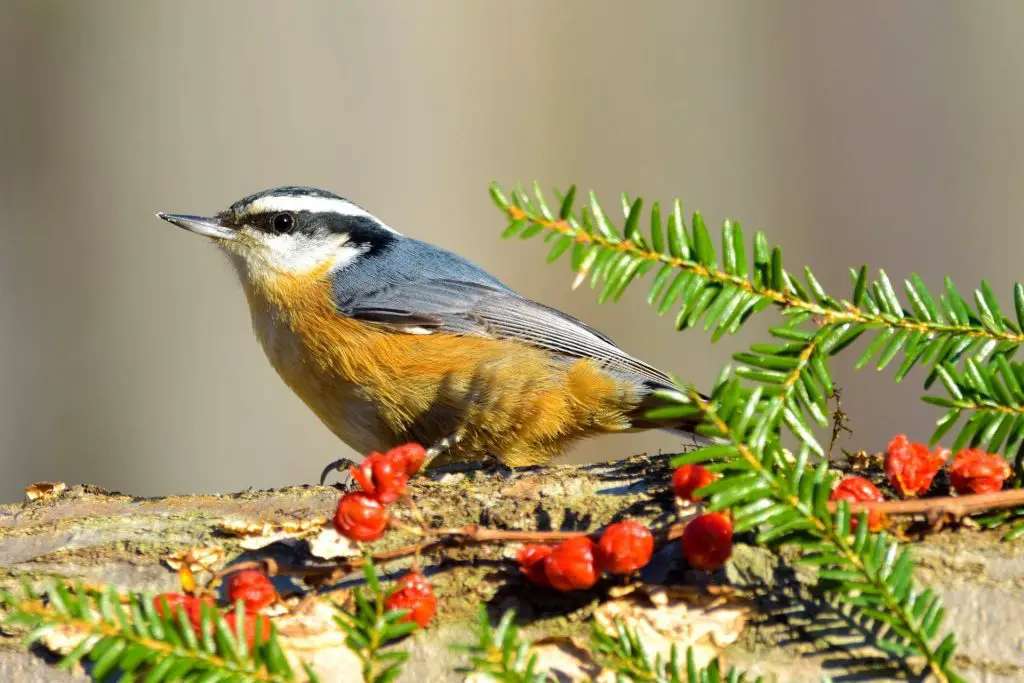
The red-breasted nuthatch is a perky little bird that’s easily recognizable by its reddish breast and black cap. These Birds That Peck Wood are also known for their acrobatic abilities, often seen upside down as they search for food.
The red-breasted nuthatch is a non-migratory bird, meaning it spends its whole life in the same general area. So if you’re lucky enough to spot one of these Birds That Peck Wood, there’s a good chance you’ll see it again!
5. Red-bellied Woodpecker
The red-bellied woodpecker is a bird that typically lives in forests and wooded areas. As its name suggests, the bird has a red belly, which is usually the most visible part of the bird. The bird is also known for its habit of pecking wood, which it does in order to find food.
The bird’s diet consists mainly of insects but will also eat nuts and berries. In recent years, the bird has become increasingly popular as a pet due to its playful nature and relatively easy care requirements.
6. Acorn Woodpecker
The acorn woodpecker is a small bird with a big personality. As its name suggests, this bird is known for its habit of storing acorns in trees. The acorn woodpecker has been known to store up to 50,000 acorns in a single tree! However, the acorn woodpecker is not the only bird that pecks wood.
Other birds in this category include the woodpecker, the sapsucker, and the flicker. These Birds That Peck Wood all have one thing in common: they use their bills to drill holes into trees in order to reach insects or other food.
Recommended article: 12 Woodpeckers In Texas
7. Pileated Woodpecker
The Pileated Woodpecker is a magnificent creature. It is the largest member of the woodpecker family, and its striking plumage makes it one of North America’s most easily recognized birds.
Unlike other woodpeckers, which mostly eat insects, the Pileated Woodpecker specializes in eating wood.
8. Downy Woodpecker
The Downy Woodpecker is a small, stocky bird with black and white plumage. They are most easily recognized by their black crown and nape, contrasting sharply with their white face and underparts.
Their diet consists primarily of insects, which they catch by pecking at tree bark or picking them off leaves. Downy woodpeckers are also known to eat fruit and nuts.
9. White-breasted Nuthatch
The White-breasted Nuthatch is a special bird. Some people might think that all birds peck wood, but that is not the case. The White-breasted Nuthatch is unique because it is one of the few birds that actually Peck Wood.
This bird is special because it has a strong beak that can peck through the wood. The White-breasted Nuthatch uses its beak to get food, but it also uses its beak to make holes in trees.
10. Carolina Chickadee
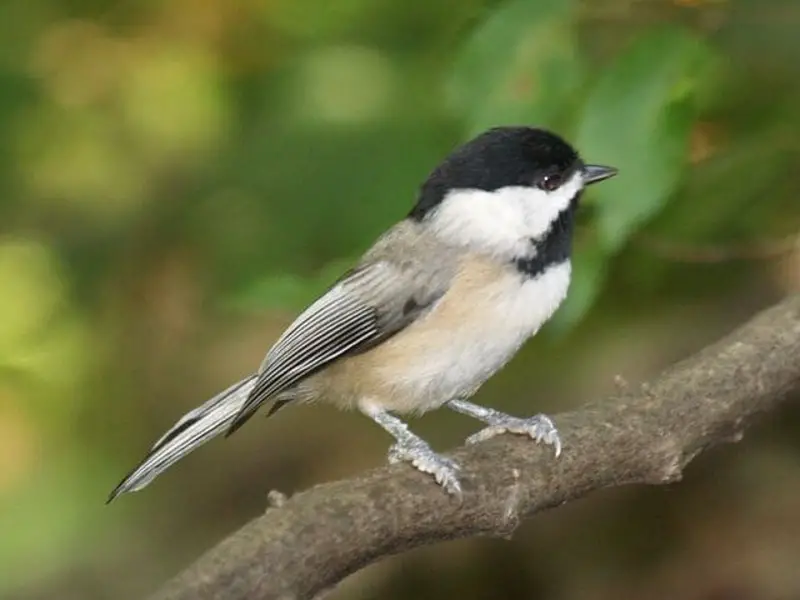
Birds that Peck Wood, or the Carolina Chickadee, is a small songbird found in forests throughout the eastern United States.
They are common birds but often overlooked due to their drab plumage. Chickadees are known for their acrobatic skills and often seen clinging upside-down to tree branches.
11. Red-headed Woodpecker
The red-headed woodpecker is one of the most unique birds in North America. For one, they are the only species of woodpecker that doesn’t primarily eat insects.
Instead, they prefer acorns, nuts, and fruits. Today, however, it is classified as a member of the Picidae family, which includes all other woodpeckers.
12. Yellow-bellied Sapsucker
A yellow-bellied sapsucker is a bird that…wait for it…pecks wood. Yes, that’s right, this fascinating creature uses its strong beak to drill holes into trees, which then laps up the sap that flows out.
While this might sound like destructive behavior, yellow-bellied sapsuckers help to aerate the tree and provide a place for other animals to feed on the sap.
Frequently Asked Questions
Birds That Peck Wood is a unique and interesting topic that many people have questions about. Here are some frequently asked questions about Birds That Peck Wood:
What Time Of Day Do Woodpeckers Peck?
Woodpeckers are most active during the daytime. So if you’re looking to avoid the sound of pecking, you’re out of luck. The best thing you can do is make your yard less attractive to woodpeckers. Keep trees trimmed and remove any dead branches.
Why Are Woodpeckers Pecking My House?
Woodpeckers are Birds That Peck Wood. Woodpeckers are attracted to the sound of insects crawling around in the wood, and they use their powerful beaks to drill holes in search of a meal.
Unfortunately, this can cause considerable damage to your home. In addition, woodpeckers also use their beaks to mark their territory by drumming on trees and houses.
What To Do If A Woodpecker Is Pecking Your House?
If you have a woodpecker that’s been pecking your house, you can do a few things to get rid of it. One is to try and scare it away by making loud noises or throwing things at it. This might work for a little while, but eventually, the bird will get used to the noise and come back.
Another option is to put up a physical barrier, such as chicken wire, around the area where the bird has been pecking. This will prevent the bird from being able to reach the wood and should deter it from coming back.
Finally, you can also try using Birds-Away, designed to keep birds away from homes and other structures.
If you follow these steps, you should be able to get rid of the woodpecker that’s been causing problems in your home.
Why Do Sapsuckers Drill Holes In Trees?
Birds that peck wood are troublesome, and the sapsucker is no exception. These wily creatures drill neat holes in trees in search of sap, leaving behind unsightly scars.
Tree owners often wonder why sapsuckers target their trees, and the answer is simple: sap is full of nutrients that birds need to survive.
In addition, the sweet taste of sap makes it a tasty treat for sapsuckers. While the occasional hole drilled by a sapsucker may not harm a tree, repeated attacks can damage the tree’s ability to conduct water and provide nutrients to its leaves.
What Birds Peck Holes In Houses?
You probably have a bird problem if you’ve ever come home to find your siding riddled with holes. But what kind of bird would do such a thing?
The answer might surprise you. Many common backyard birds are known to peck at wooden houses. This includes bluebirds, woodpeckers, nuthatches, and starlings.
While it’s unclear why they do it, experts believe that they may be looking for insects to eat or mistake the house for a tree trunk. In any case, it’s best to take steps to prevent birds from damaging your home. Otherwise, you may find yourself constantly patching up holes.
Conclusion
Birds are a vital part of the ecosystem. They provide pollination services, help to disperse seeds, and control insect populations.
Some birds also play an important role in woodpecker control. Woodpeckers are notorious for pecking holes in trees, damaging the tree and making it more susceptible to disease.
Birds that feed on woodpeckers help to keep their population in check, which can ultimately benefit the health of the forest.
While Birds That Peck Wood may not be the most glamorous job, they perform an important service that is essential for the health of the ecosystem.
Interesting articles:

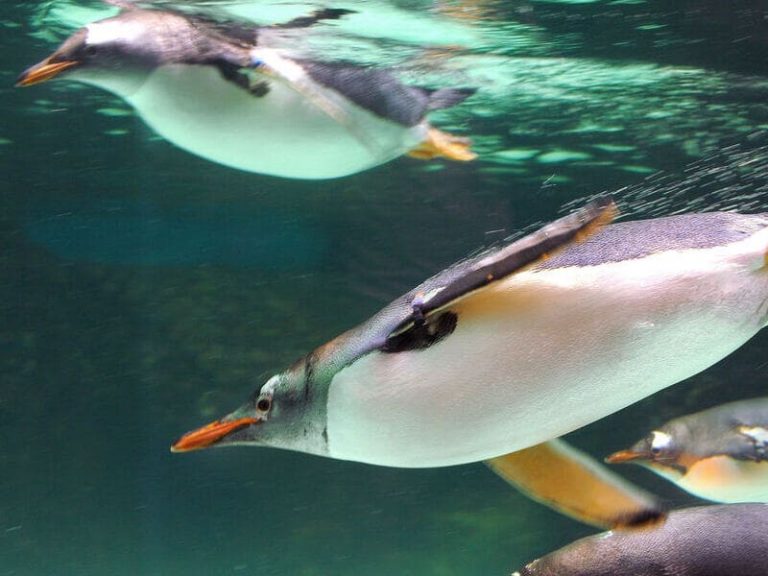
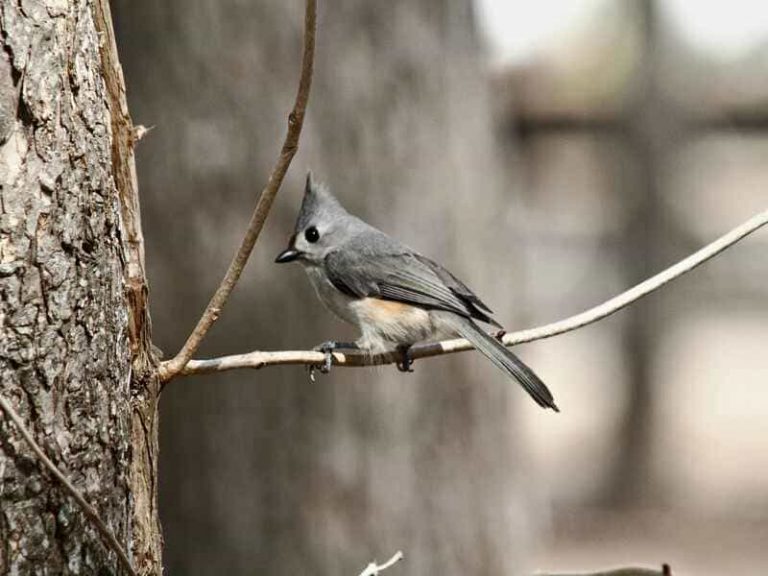
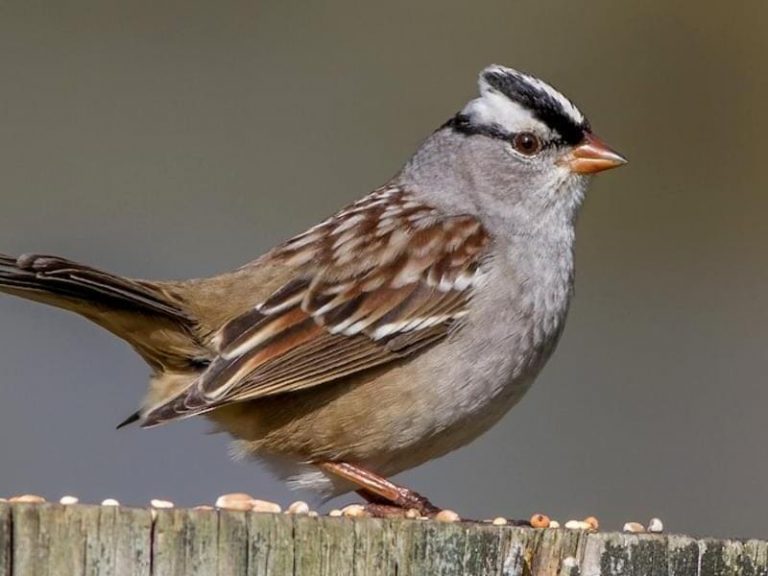
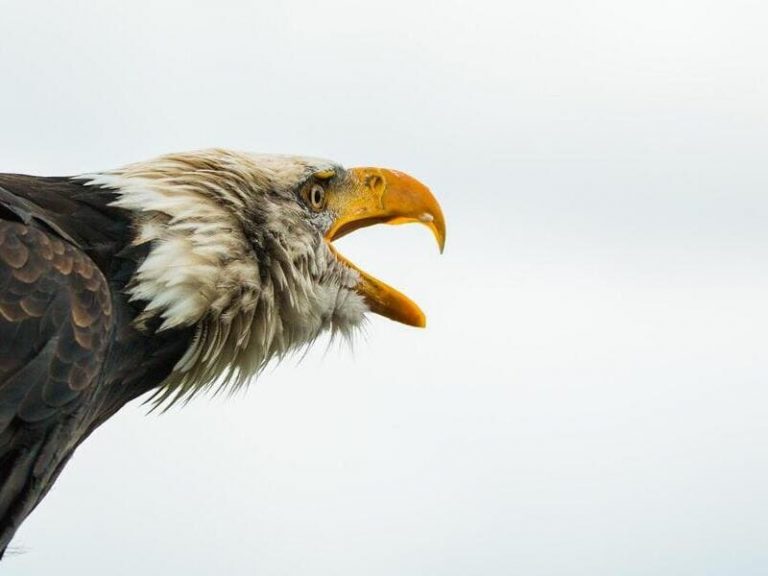
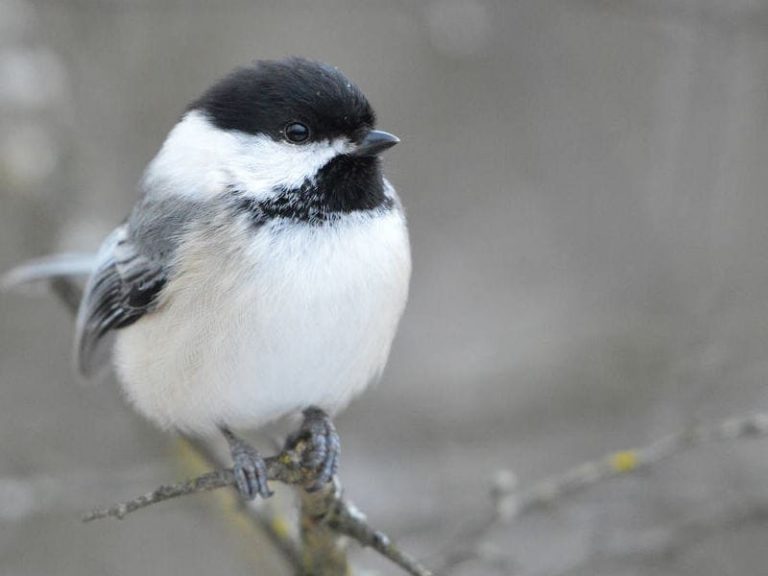
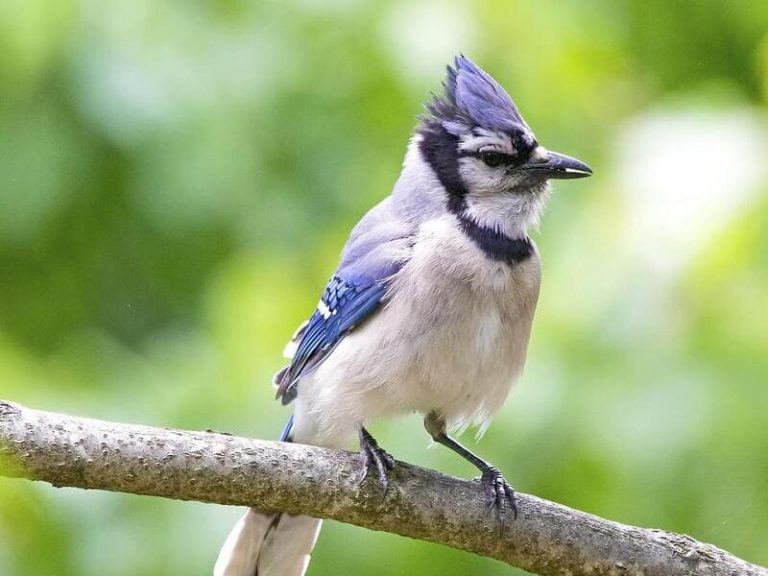
Your article states:
“…it’s best to take steps to prevent birds from damaging your home..”
What steps would be preventive without damaging the birds?
Steve
There are a couple of things that you can do to help prevent birds from damaging your house. One is to install bird netting over any openings that they could potentially get into. You can also try to scare them away with loud noises or bird scarers. Moreover, you can try to limit their access to food by keeping your property clean and free of bird feeders and other food sources.